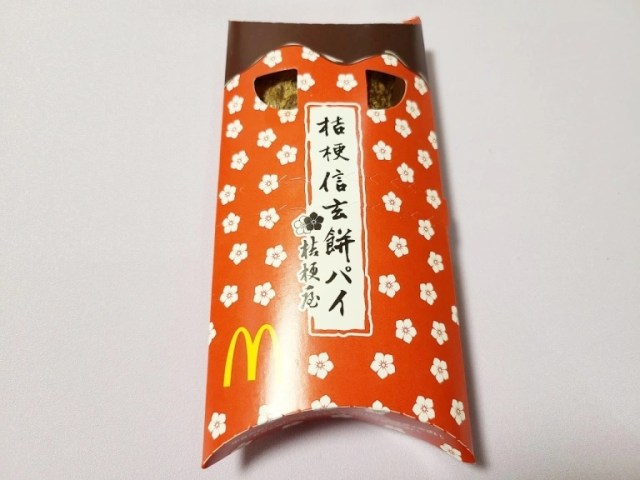
Trying out the taste of Yamanashi at the Golden Arches.
Among the offerings at McDonald’s Japan is apple pie, a treat as American as, well, apple pie. But because the chain is always open to finding ways to adapt its menu to local tastes too, right now you can also opt for something very Japanese: the Kikyo Shingen Mochi Pie.
Shingen Mochi is the representative traditional Japanese confectionary of Yamanashi Prefecture, which used to be known as Kai. Back in the day, Kai was ruled by the samurai warlord Takeda Shingen, and so centuries later confectioner Kikyoya decided to borrow Shingen’s name for its flagship sweet, a soft mochi rice cake dusted with kinako (roasted soybean powder) and drizzled with kuromitsu, a molasses-like brown sugar syrup.
▼ Shingen Mochi
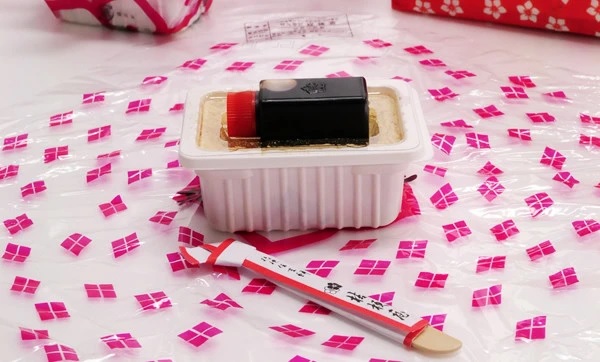
McDonald’s Kikyo Shingen Mochi Pie adapts the flavor and key ingredients of Shingen Mochi to the chain’s hot handheld pie format. We were mighty impressed by the last mochi-based McDonald’s pie we tried, autumn’s Tsukimi moon-viewing pie, so as soon as we got the chance we picked up a Shingen Mochi pie for taste-testing.
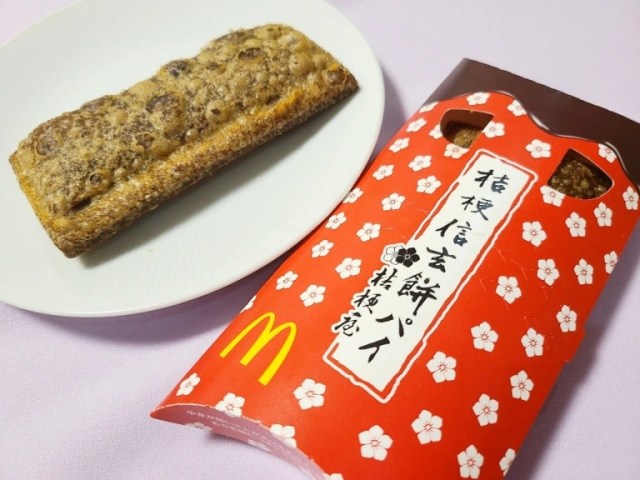
The pie comes in a special sleeve with the same white bellflower motif Kikyo uses for all of its Shingen Mochi variants. Obviously, the sleeves is there to keep your hands clean as you eat, sliding a bit of pie out, taking a bite, and repeating until the inevitable tragic eventuality when you run out of dessert. We’re always curious to see what McDonald’s pies look like on the inside, though, so we opened ours up.
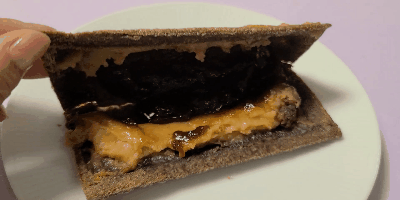
Inside is mochi rice cake covered with kinako, plus a kuromitsu gelatin. All that gooey goodness made the pie harder to open lengthwise than any other McDonald’s pie we’ve tried doing this with, but since this isn’t the way you’re supposed to eat them, the stickiness we observed here was more tantalizing foreshadowing than anything to actually complain about.
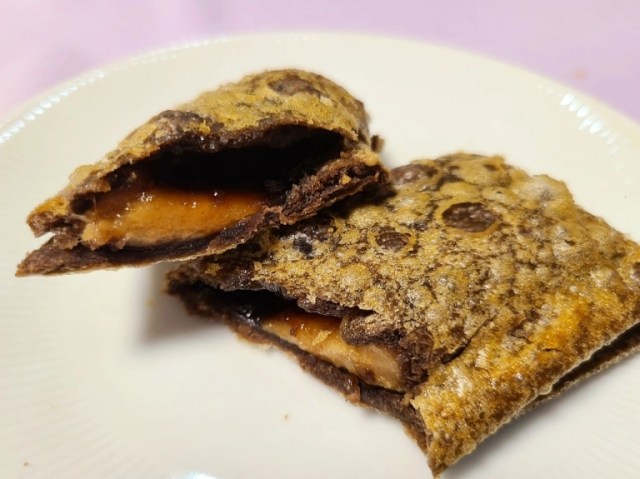
Somewhat surprisingly, the Shingen Mochi Pie isn’t overpoweringly sweet, but pretty well balanced. There is sweetness in there, especially from the kuroitsu gelatin, since this is a dessert, after all. At the same time, though, the light saltiness of the pie crust keeps your taste buds from being saccharinely saturated. The texture is also fantastic, chewy and super satisfying. We guess that makes sense for a mochi pie, seeing as how mochimochi is the Japanese word for “chewy.”
For those of you who have had the opportunity to try regular Shingen Mochi before, the inspiration here is instantly recognizable, but also unique. Shingen Mochi is eaten at room temperature, but the Shingen Mochi Pie is warm and toasty, and the heat seems to boost the kinako’s resemblance to sweet cinnamon, it’s closest non-Japanese approximation.
▼ We also picked up a Bacon and Potato Pie, for our main course, and an Apple Pie (because we’re past the age where anyone can stop us from eating double desserts).

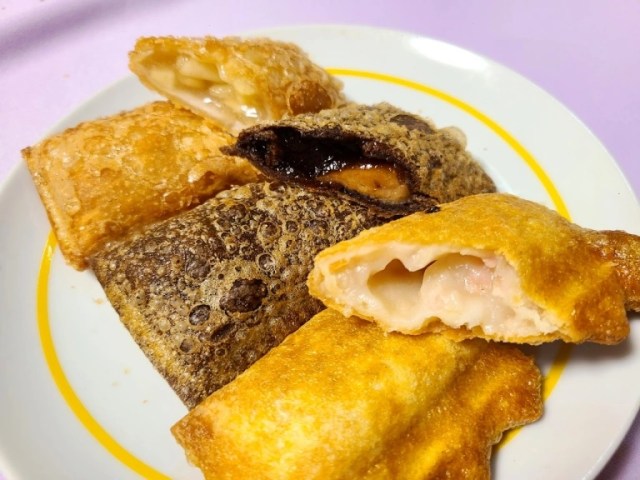
The Kikyo Shingen Mochi Pie is priced at (160 yen [US$1.24]) and on sale for a limited time. Just make sure you don’t eat the paper sleeve (the Shingen Mochi with the edible container is this one).
Shingen Mochi photo: Kikyoya
All other photos © SoraNews24
● Want to hear about SoraNews24’s latest articles as soon as they’re published? Follow us on Facebook and Twitter!

No hay comentarios:
Publicar un comentario